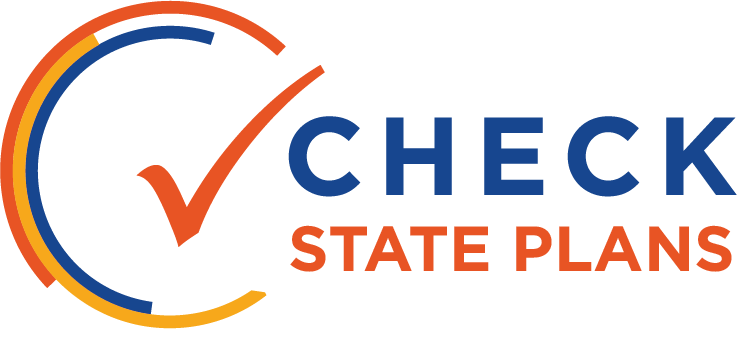
INDICATORS

Arkansas deserves credit for assembling a comprehensive list of indicators.
They include: achievement, growth, graduation rate in high schools, English learner progress in English language proficiency, and a series of School Quality/Student Success indicators. At the high school level, Arkansas is planning to incorporate both the four- and five-year graduation rates. Including the five-year rate will give schools extra incentive to help all students complete; however, the state gives more weight to completions within four years.
Arkansas has a number of School Quality/Student Success indicators for each grade span. For elementary and middle schools, those indicators include chronic absenteeism, science achievement, science growth, and reading at grade level. Each of those indicators also applies at the high school level, in addition to ACT/Work Keys, specific ACT subject benchmarks, GPA, community service learning credits, on-time credit accumulation, computer science credits earned, and Advanced Placement/International Baccalaureate/concurrent enrollment credits. For each of these indicators, Arkansas has created cut points where students generate points for meeting certain thresholds. For example, students who miss less than 10 percent of the school year generate one point, missing between 5 and 10 percent of the year generates half a point, and missing more than 10 percent of the school year generates zero points. Under the computer science measure, high school students generate a point for completing any computer science class in grades 9-12.
By calculating indicators at the student level, Arkansas creates an innovative way to encourage schools to offer a wide range of opportunities to all students
However, the relatively low weighting of each measure combined with the sheer number of measures could cause confusion. The state should monitor its data to ensure all of its indicators are comparable and driving to outcomes it desires.
Similarly, rather than offering schools credit for course completions, like completing an Advanced Placement course, which is at least partially controlled by the schools themselves, the state is exploring including attainment on externally validated measurements, like the Advanced Placement/International Baccalaureate assessments.
 Overview
Overview





